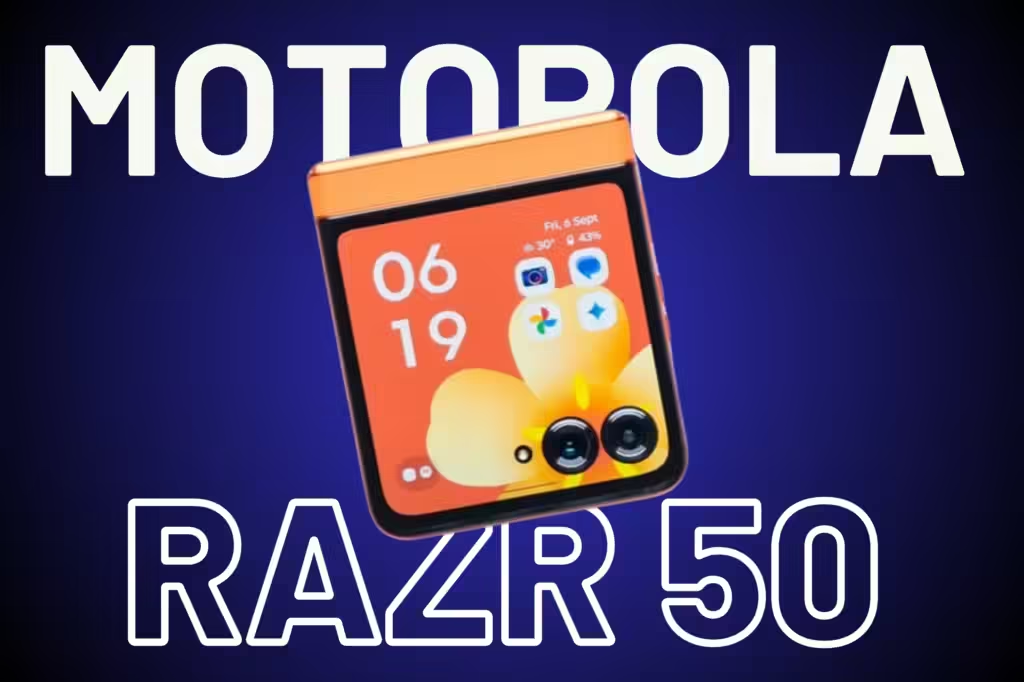
A few months have passed since the Motorola Razr 50 Ultra arrived in India, and now we finally have the opportunity to test the more affordable Moto Razr 50. This model is a direct successor to last year’s Razr 40 and introduces several upgrades, with the significantly larger cover screen being the standout feature.
Here at AzMo Tech, we have the Spritz Orange variant of the Motorola Razr 50, and I was the first to snag it from my colleagues. After spending a few days with this sleek device, here are my initial impressions of Motorola’s latest flip phone.
Moto Razr 50 Specifications

What’s in the Box
The Motorola Razr 50 comes with all the expected Moto extras, which I really appreciate. Here’s a quick overview of what’s included in the box:
- 2 color-matched cases
- 33W charger
- USB Type-C to Type-C cable
- SIM ejector tool
- Paperwork
Design and Build

As mentioned, I have the Spritz Orange variant of the Motorola Razr 50, and it looks vibrant and energetic! The Razr 50 feels very similar to its predecessor in hand. You can easily flick it open with one hand, a feature I also appreciated with the Razr 50 Ultra (first impressions). The rear panel of the Razr 50 features a bit more vegan leather, especially around the area above the cover screen.
The device is encased in a sleek aluminum frame, which enhances the premium feel. However, I did notice some movement and creaking in the hinges when I applied a slight squeeze while the phone was folded.

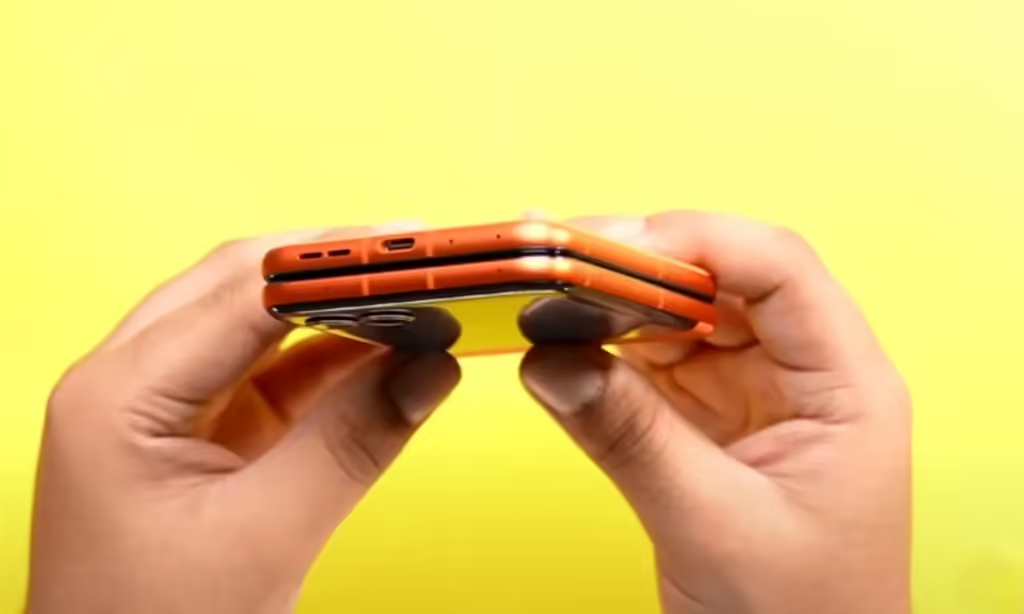
That issue with the hinges occurred only once or twice, so I’m willing to overlook it. The Razr 50 features the same floating hinge technology as the Ultra, and I didn’t experience this issue with that model.
Additionally, Motorola’s dedication to durability is clear with the Razr 50, which includes Gorilla Glass Victus protection on the cover screen. The phone also boasts an IPX8 rating and has undergone 400,000 folding tests, compared to the Razr 50 Ultra’s 600,000.
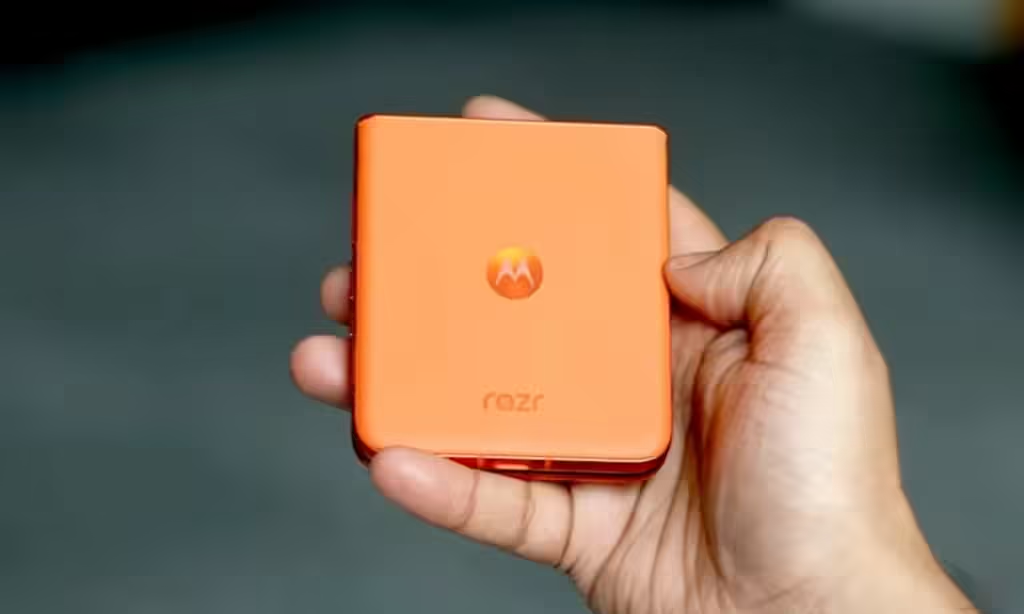
The power button and volume rockers are positioned on the right side of the frame, offering a tactile feel without any rattling. The camera module is well-placed and doesn’t interfere with the cover screen experience. Overall, the Razr 50 has a premium feel and remains securely in your hand.
Display and Speakers
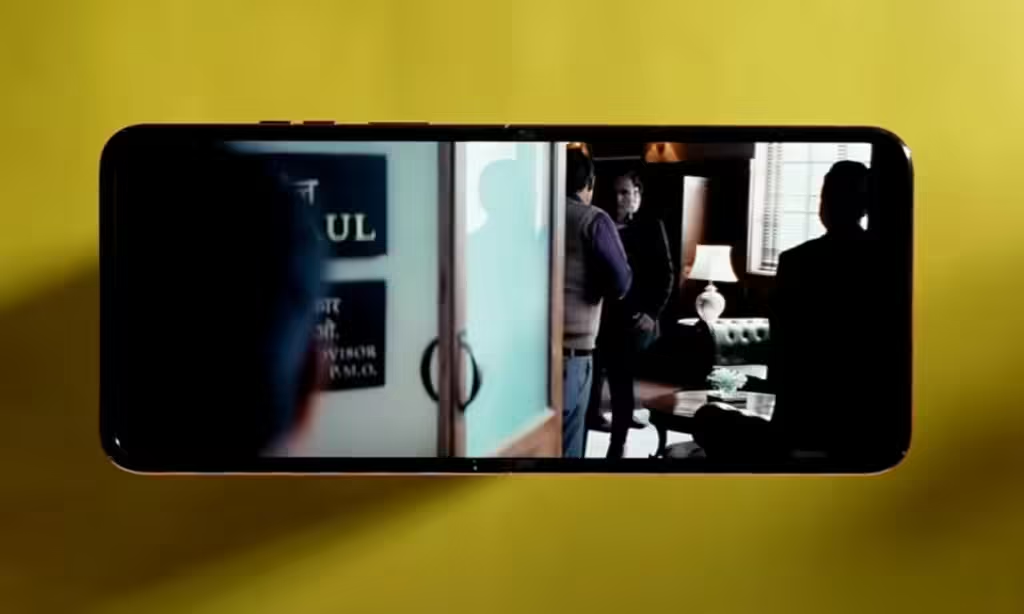
The Motorola Razr 50 doesn’t skimp on the cover screen, offering a 3.63-inch Full-HD+ Flexible AMOLED panel. It features a 90Hz refresh rate, HDR10 certification, and 100% DCI-P3 color gamut coverage.
This time, the external display uses LTPS technology instead of LTPO. On paper, it can reach up to 1700 nits of peak brightness, though I measured around 1,450 nits with a LuxMeter in our office. Regardless, the display remains bright enough for both indoor and outdoor use. Additionally, it’s protected by Gorilla Glass Victus and SGS eye protection.
When flipping to the internal display, the difference in quality was noticeable. However, the display crease is less visible than before. It retains the 6.9-inch Full-HD+ pOLED LTPO panel from its predecessor but has a slightly slower 120Hz refresh rate.
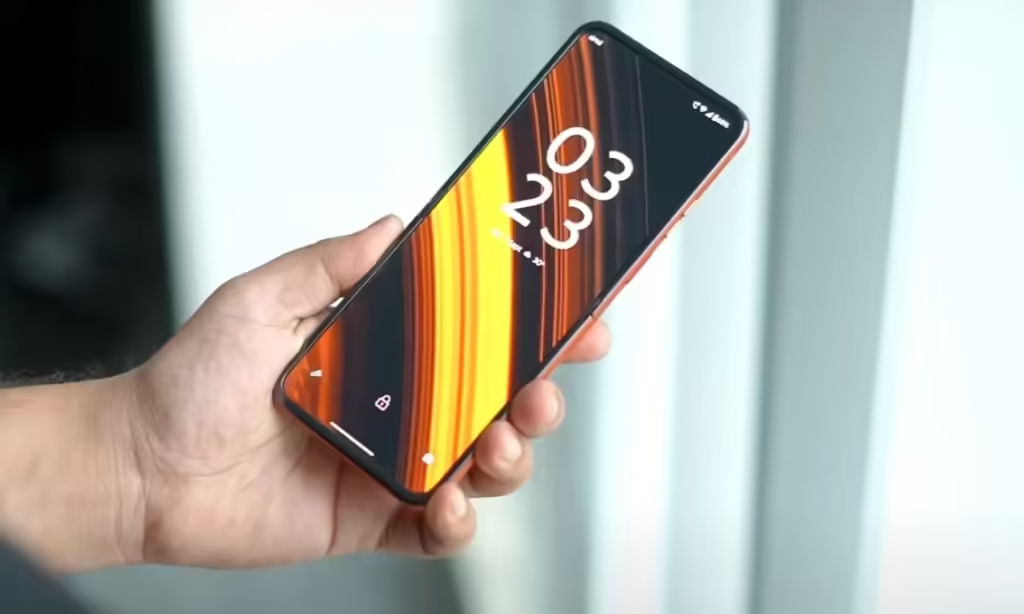
The internal display is incredibly bright, surpassing its rated 3,000 nits with a peak of 4,000 nits in our tests. For comparison, the Razr 50 Ultra, which is rated for 3,000 nits, only reached 1,700 nits in my tests.
Additionally, the internal display is noticeably sharper than the external panel, with HDR content appearing richer, likely due to its 120% DCI-P3 coverage and HDR10+ certification. The multimedia experience is excellent, featuring deep blacks and balanced colors.
Supporting these impressive displays are dual stereo speakers with Dolby Atmos and Hi-Res audio. Watching Wrath of Man, the sound output was loud and clear, with good audio separation that added to the overall experience.
Performance
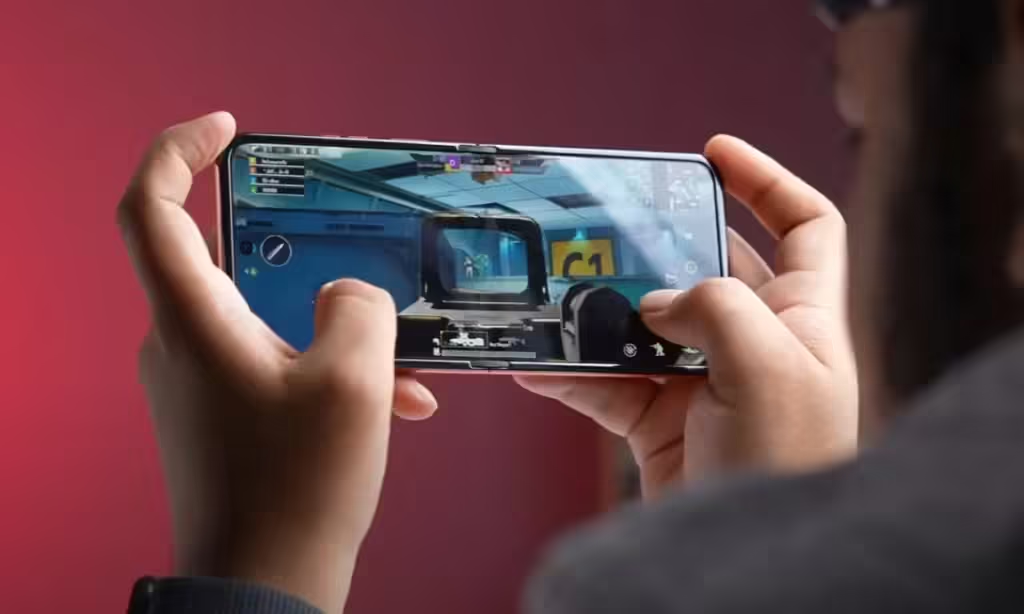
This is likely the only area where the Moto Razr 50 falls short. It’s powered by the 4nm MediaTek Dimensity 7300X, which, while decent, seems underwhelming for a device at this price point.
Even though this is a flip phone, a more powerful processor, like the Dimensity 8300 found in the POCO X6 Pro, would have been a better fit. To provide some context, here’s how the Razr 50 stacks up in benchmark tests:
Although the benchmark scores aren’t particularly impressive, the MediaTek Dimensity 7300X is sufficient for handling most tasks. However, the 8GB LPDDR4X RAM is paired with 256GB of UFS 2.2 storage, which is a letdown UFS 3.1 would have been a better choice.
RAM management also falls short, as several background apps had to restart. I tested the device with several games, including CoD Mobile, Farlight 84, Warzone Mobile, Genshin Impact, and BGMI. After about an hour of gaming, the temperature stayed comfortably below 40 degrees, which is a positive aspect.
Here’s a quick look at the graphics settings and FPS performance for the two phones:

Cameras
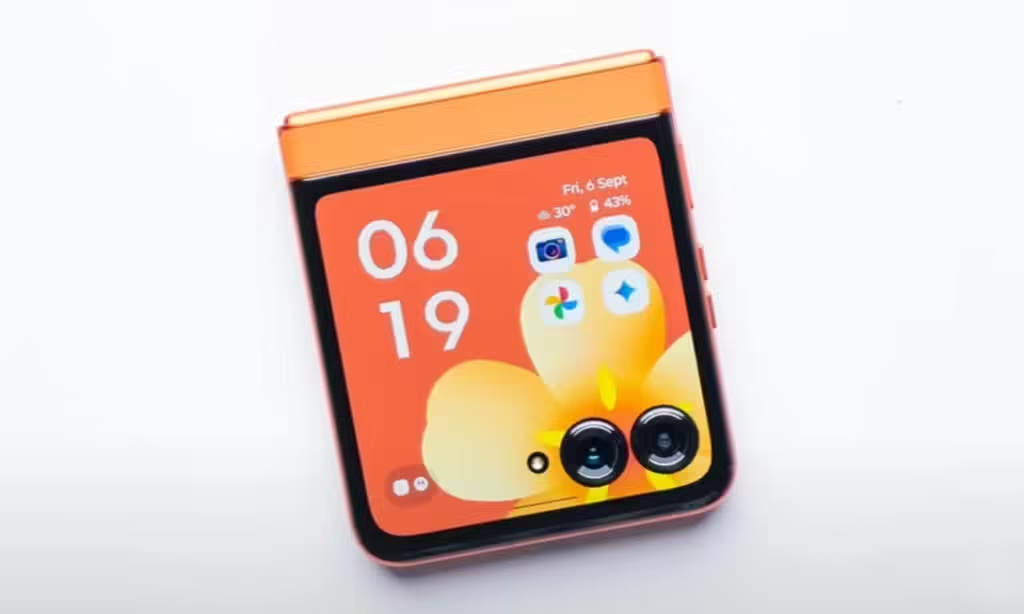
The Motorola Razr 50 is equipped with a 50MP primary rear camera with OIS and a 13MP ultra-wide + macro secondary sensor, replacing the 50MP telephoto sensor from its predecessor. At the front, it features a 32MP front camera for selfies.
The primary sensor delivers solid daytime photos with good detail and a characteristic Motorola color saturation. It avoids excessive sharpening, maintaining a natural look.
The phone also boasts impressive dynamic range, capturing deep shadows and well-managed highlights. While there is some color variation between the primary and ultra-wide sensors, it’s not particularly distracting.
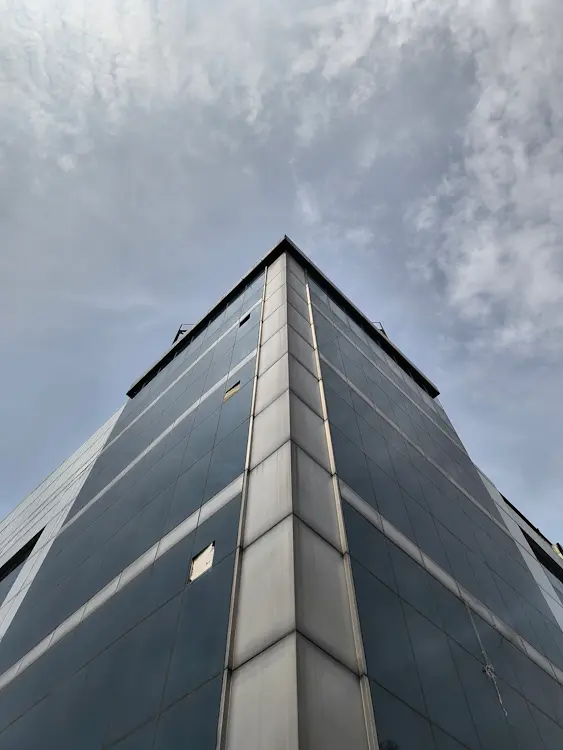

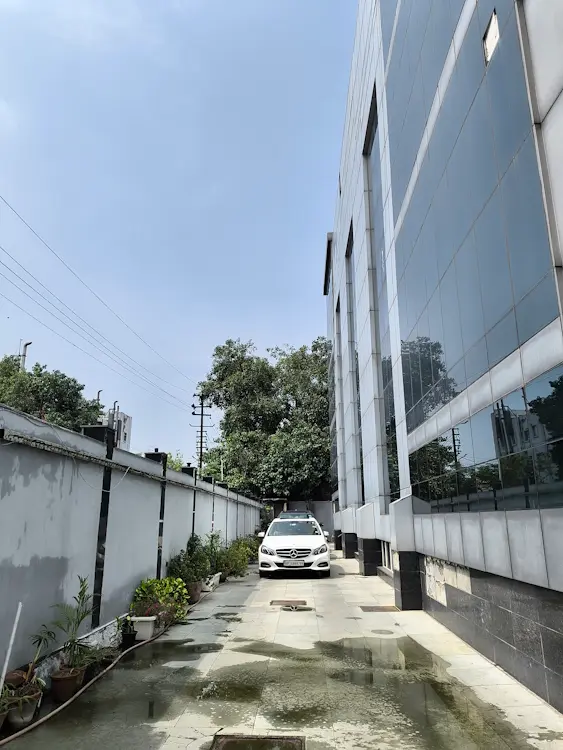
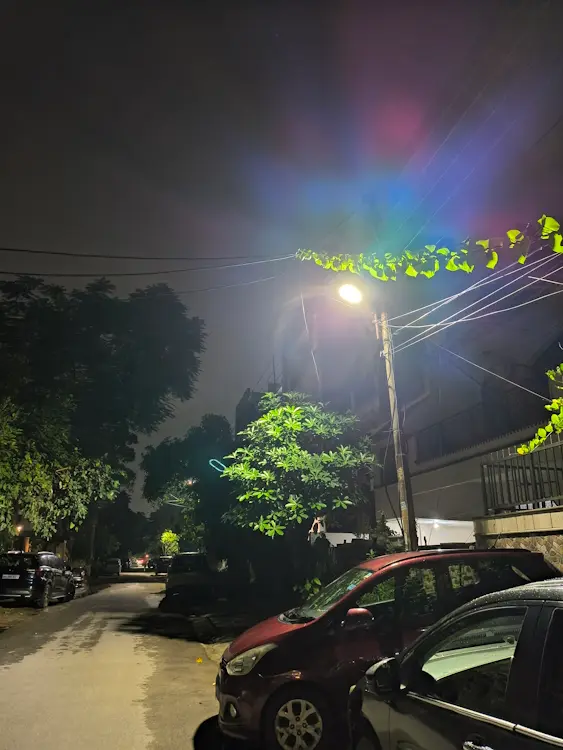
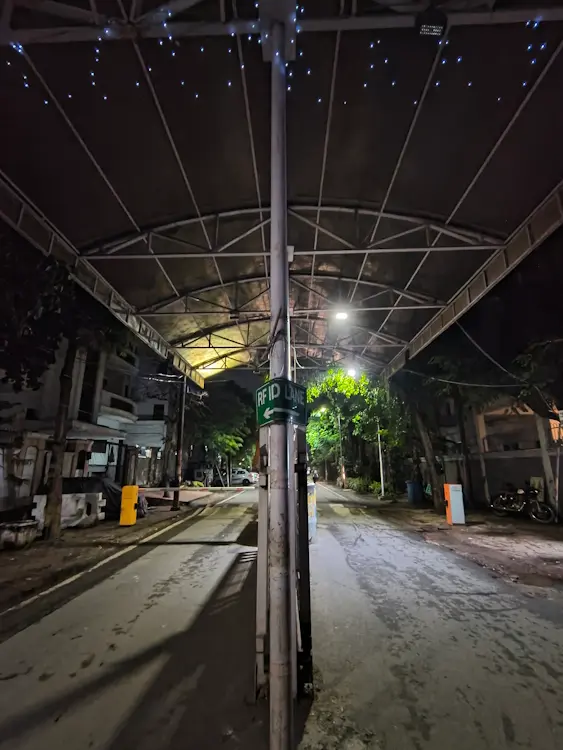
At night, the Motorola Razr 50’s camera continues to capture details effectively. While some noise is present, it doesn’t significantly impact the quality of the shots.
Selfies also turn out well, with good detail. However, I’m not a fan of the skin smoothing Motorola applies, though the skin tones and overall colors remain visually appealing, even if not perfectly natural.
The Razr 50 supports 4K video recording at 60FPS with both the primary and front cameras. OIS ensures stable footage with minimal focus issues. Additionally, the 360-degree Video Horizon Lock feature is a great addition for those into adventure sports.
Software Experience
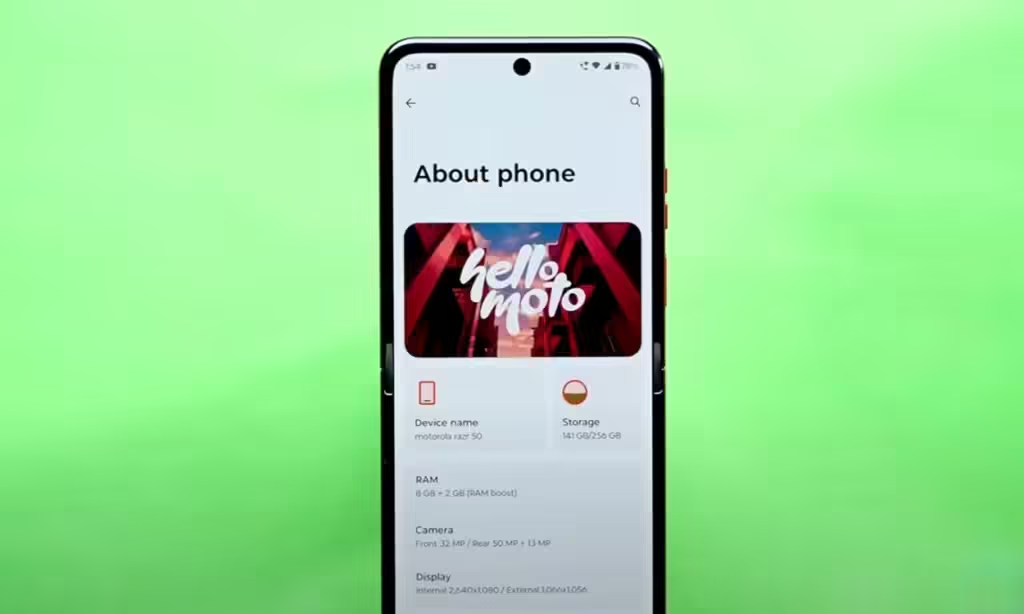
Motorola’s Hello UI is easily one of my favorite Android skins right now, and it pairs exceptionally well with the Razr 50. The animations and haptic feedback are top-notch.
While there is some bloatware, including Facebook and LinkedIn, it’s outweighed by the presence of useful apps like Ready For, Smart Connect, Family Spaces, and Moto UnPlugged. I also appreciate the Hello UI integration on the cover screen. In Flex View, you can access Camcorder Mode, Tent Mode, Desk Mode, or Stand Mode.

Additionally, the Razr 50 includes apps like Google Photos, YouTube, and a few mini-games that can be used without needing to access the internal display. Overall, Hello UI is well-optimized and provides a delightful user experience.
It also includes handy AI features like AI screenshot blurring and Magic Canvas. Additionally, you receive 3 years of major OS updates and 4 years of security patches.
Battery Life and Charging
Unfortunately, I haven’t had enough time with Moto’s flip phone for a thorough analysis, but I can offer a general overview. When I started using the device, it had about 75% battery remaining. I ran benchmarks, watched a couple of 1080p YouTube videos, and played CoD Mobile for around 45 minutes.
I also took some night shots, and by the end of my testing, the battery was still at about 15%. Given this, the 4,200mAh battery seems quite capable, and the phone should comfortably last a full day.
Charging isn’t the fastest at 30W; it took around 1 hour and 20 minutes to charge from 15% to 100%.
Is Motorola’s Latest Flip Phone Worth the Investment?
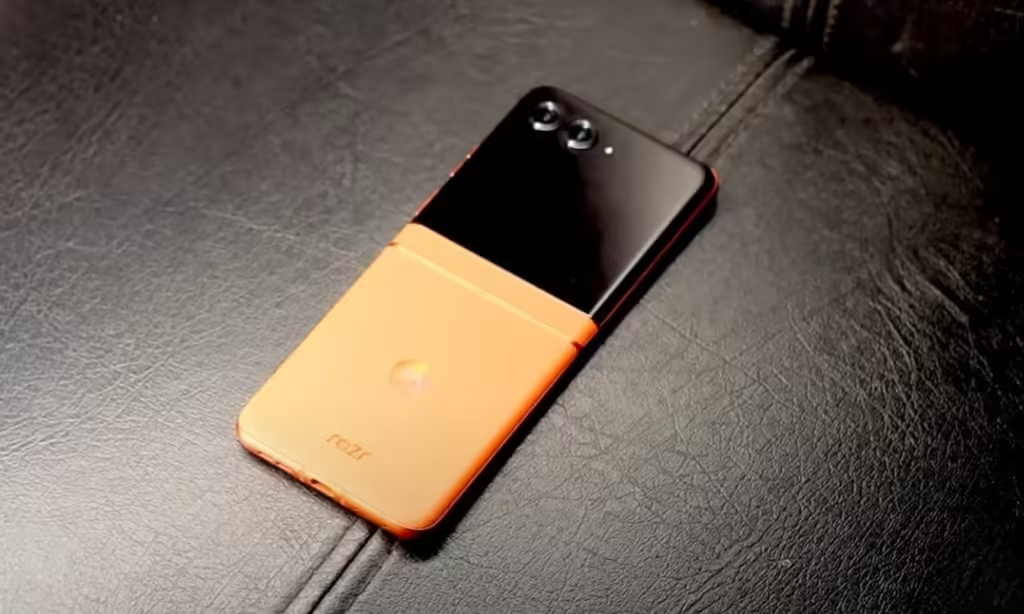
Motorola has clearly made significant strides with its flip phones, and the Razr 50 is a testament to that. The standout feature at its price point is undoubtedly the impressive cover screen, which sets it apart from the competition.
While it may not offer the highest raw performance, it stands out as the most budget-friendly foldable option available. Hello UI performs exceptionally well on the device, providing a top-notch flip phone experience. Additionally, it boasts decent cameras and a battery that can easily last a full day. Overall, the Motorola Razr 50 represents a solid upgrade over the Razr 40.
However, the Rs 65,000 price tag feels a bit steep, especially given the missing features, such as the lack of UFS 3.1 storage compared to the Razr 50. In my opinion, a more aggressive price of Rs 50,000, without discounts, would have been ideal. Currently, with available discounts, you can get it for Rs 49,999, which is a more reasonable price.
Given Motorola’s pricing trends, you can likely expect the price to drop significantly in the coming months. Additionally, if Motorola can accelerate the update process for the Razr 50, similar to how the Razr 40 series received its Android 14 update after a year, this phone could become an unbeatable option in its segment.

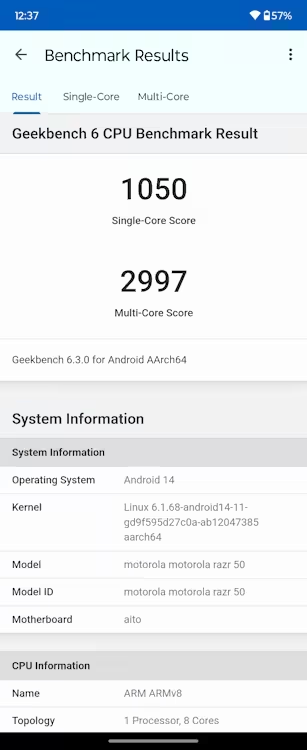
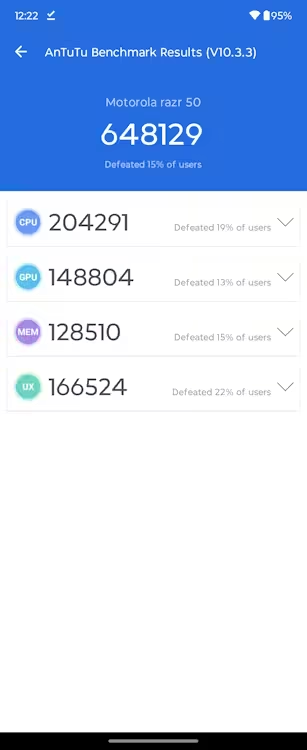
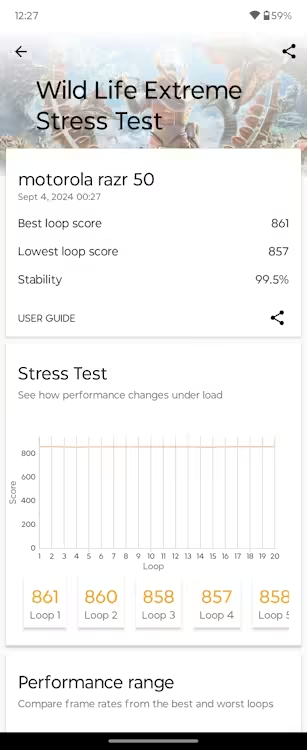
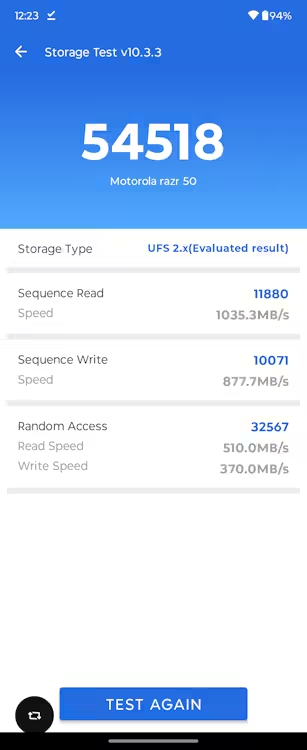
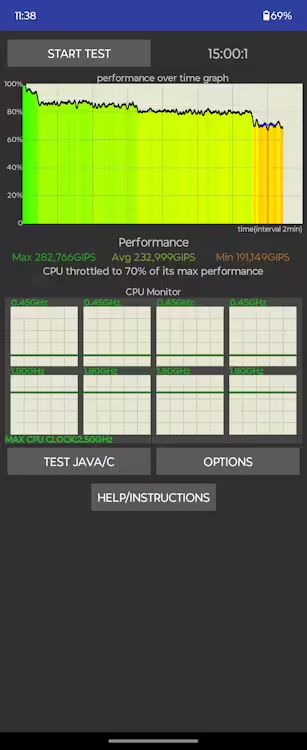
0 Comments